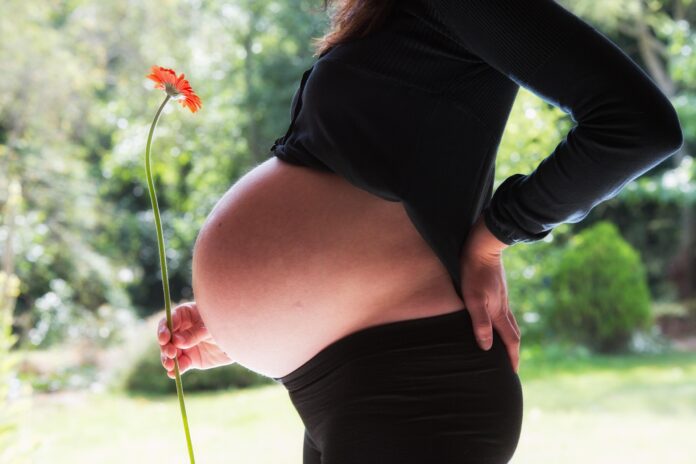A child being born is meant to be a joyful event. But unfortunately, birth injuries are relatively common and can have a devastating impact on families. This article explores the main types of birth injuries, their causes, and the steps parents can take if their child has suffered an injury that may have been caused by medical negligence.
Brachial Plexus Injuries
Brachial plexus injuries occur when the network of nerves between the neck and shoulder become damaged. Symptoms include lack of mobility or sensation in the arm on the affected side. These injuries are often caused by excessive lateral traction on the baby’s head during delivery. Physiotherapy can help brachial plexus injuries heal over time, but permanent nerve damage and disability may occur in some cases.
Bone Fractures
Collarbone and hip fractures sometimes occur during birth due to pressure or force used during delivery. Signs include swelling, bruising and difficulty moving the affected limb. Fractures require immobilisation and time to heal. Poor technique with birth-assisting tools like forceps often underlies bone fractures.
Caput Succedaneum
Prolonged or intense pushing can cause fluid to accumulate under the baby’s scalp. This is called caput succedaneum and causes a swollen bump on the head that usually disappears on its own. It does not normally cause any serious problems.
Cephalohematoma
Cephalohematoma involves bleeding between the skull and its outer covering, called the periosteum. It appears as a raised, soft lump on the infant’s head. The body gradually reabsorbs the collected blood over time. It can result from birth trauma.
Perinatal Asphyxia
When a newborn experiences oxygen deprivation during the birthing process, it is known as perinatal asphyxia. It can result in brain damage and other organ problems if severe. Symptoms include lethargy, seizures, breathing issues, and trouble feeding. Asphyxia may happen if the umbilical cord becomes compressed or if distress is not recognised promptly.
Taking Legal Action
If your baby has suffered a significant birth injury, it is important to explore whether it resulted from preventable medical negligence. Common factors that point to substandard care include:
- Improper use of vacuums, forceps or other interventions
- Failure to promptly perform a C-section when clearly needed
- Lack of appropriate foetal monitoring
- Delayed response to signs of foetal distress
- Misuse of oxytocin to speed up labour
You should consult a medical negligence solicitor to determine if you have basis for a claim. They will help gather evidence such as medical records, obtain independent experts’ opinions, establish if a duty of care was breached, calculate potential damages, and advise whether litigation is worthwhile. This law firm in Belfast, Northern Ireland, will help you to achieve your legal goals if your child suffered a negligent birth injury.
If your solicitor believes you have a strong case, they will send a letter of claim detailing the negligence and injuries to the responsible party. Compensation is often agreed upon through negotiation, but your claim may go to court if needed. With legal guidance, you can focus on caring for your child while pursuing justice.
While many birth injuries are accidental, some are caused by medical negligence and warrant legal action. By understanding the common injuries, their causes and your legal options, you can make informed choices on pursuing compensation and justice if your child was affected.
Also Read: 4 in 5 US pregnancy-related deaths are ‘preventable’: CDC







